

Damion Smy
Suzuki Fronx recalled after seatbelt failure sparks ‘urgent investigation’
5 Hours Ago
The Mitsubishi Express is back for 2020. It's a long way removed from the basic van that last wore the Express badge, but safety is still a shortcoming.
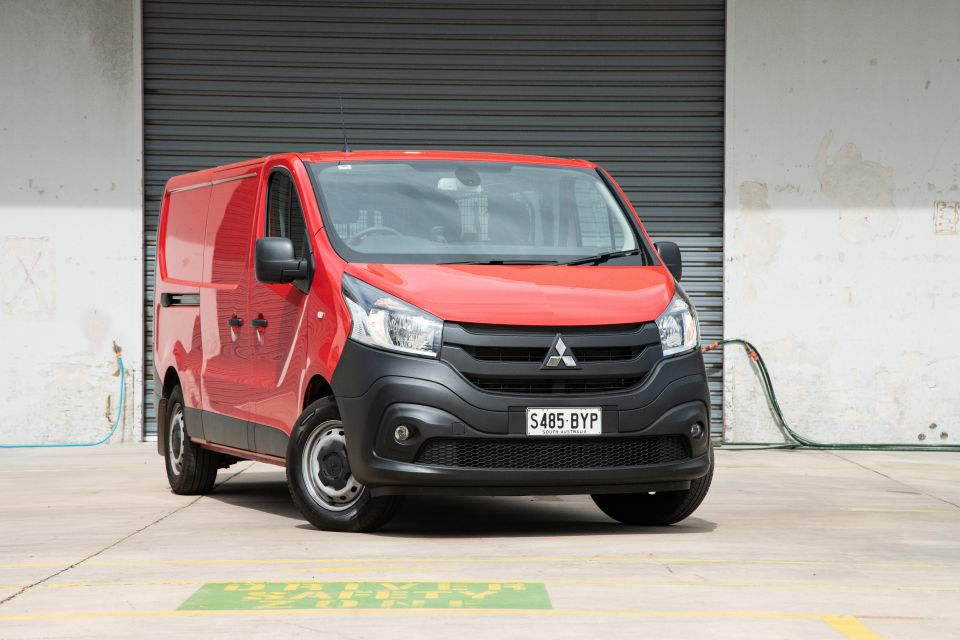
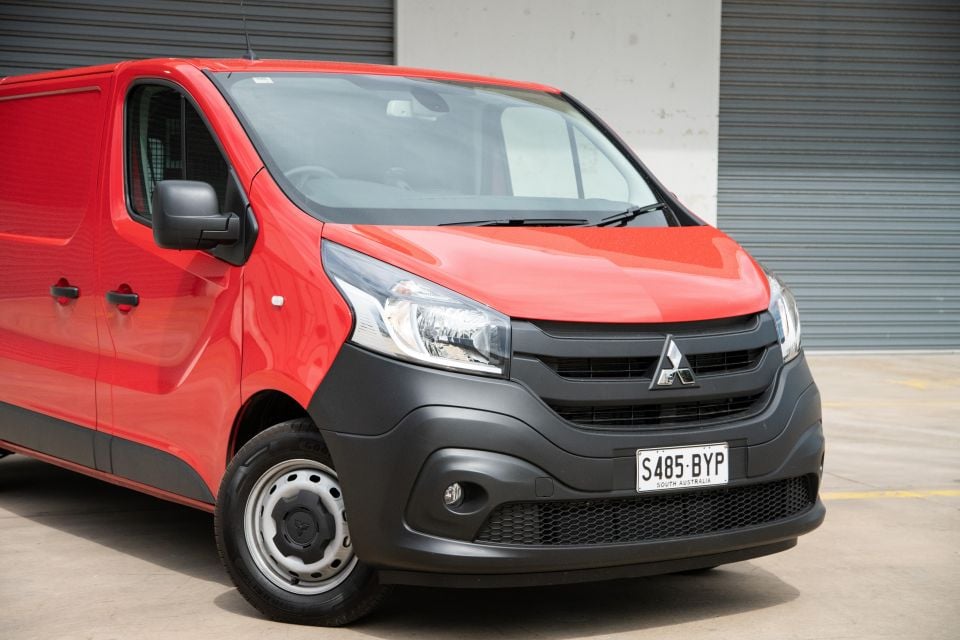

Contributor

Contributor


Contributor

Contributor
Where expert car reviews meet expert car buying – CarExpert gives you trusted advice, personalised service and real savings on your next new car.
Say ‘konnichiwa’ to the 2020 Mitsubishi Express. Or should that be ‘bonjour’?
This one-time staple for garage bands and low-budget couriers is back after seven years in the wilderness, with extra French flair thanks to the vehicular menage a trois between Renault, Nissan, and Mitsubishi.
Although it looks like the Renault Trafic, there are some differences. The bonnet on the Renault has a cutout for the top of the diamond-shaped badge, for one, and there’s a big Express badge at the back. Otherwise though, this Japanese load lugger is French through-and-through.

The 2020 Express wades into a brave new world for commercial vehicles. Gone are the days of skimpy equipment lists and non-existent crumple zones, replaced instead with a focus on value, safety, and refinement.
Mitsubishi has managed to tick one of those boxes with the LWB Express, but it falls frustratingly short on the others.
Based on list prices, the Express leaves the value box unchecked.
Pricing for the Express starts at $38,490 before on-road costs for the SWB 1.6 manual, and extends to $44,490 before on-road costs for the LWB 2.0 turbo automatic on test here.
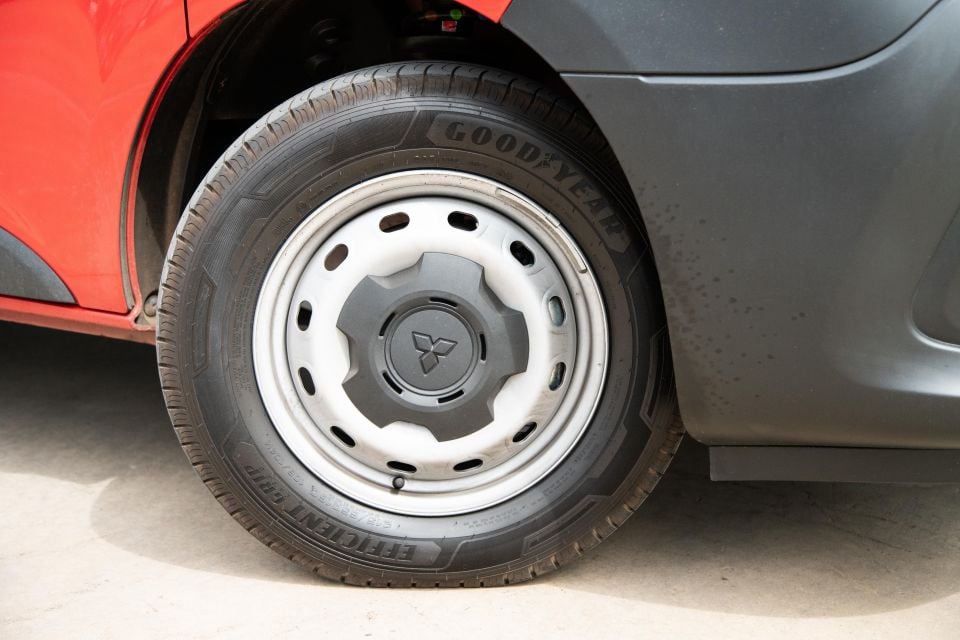
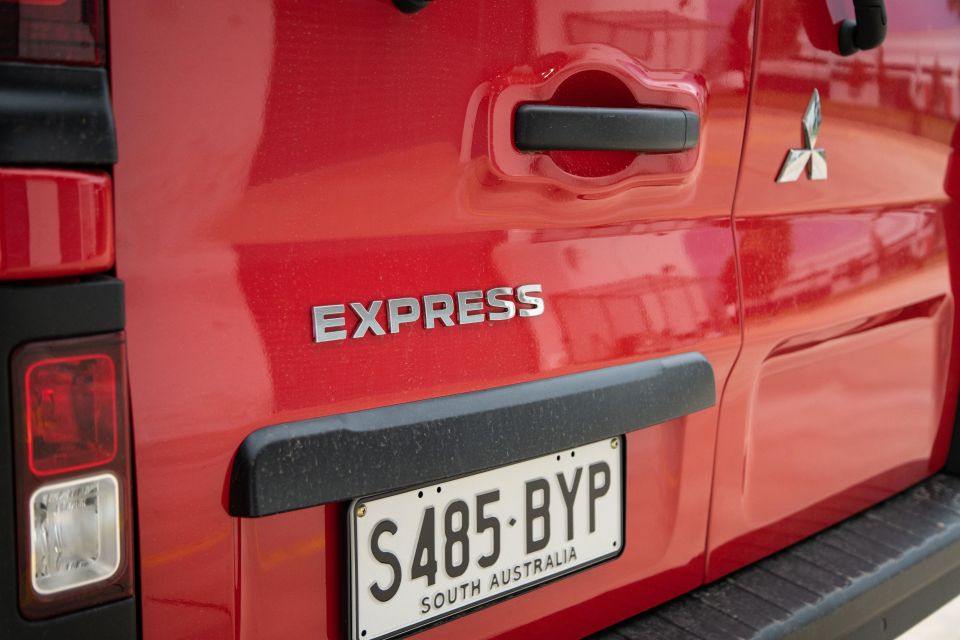
That’s only $2000 more than the Toyota HiAce diesel with a manual transmission, and matches dollar-for-dollar the equivalent Renault Trafic. Unfortunately, the Express lacks equipment standard in both of those vans, making its pricing slightly perplexing.
Mitsubishi says it will offer sharp fleet pricing for the Express, but hasn’t disclosed what those deals will be. Unfortunately we can’t judge a car based on the promise of sharp pricing, we can only judge based on the information provided.
Buy your new car without the stress. It's fast, simple and completely free.

Great service from Travis and team, second time I have used this business would not hesitate to recommend them to anyone
Craig C.
Purchased a Ford Ranger in Sunshine Coast, QLD
CarExpert helped Craig save thousands on his Ford Ranger, now let us save you on your next new car.
Find a dealHaving recently driven the Toyota HiAce, the standard equipment list on the Express looks a bit slim.
There’s no screen inside, although the old-fashioned head unit packs DAB radio, Bluetooth phone and audio streaming, a smartphone docking station and USB connector, and a reversing camera with a screen in the rear-view mirror.
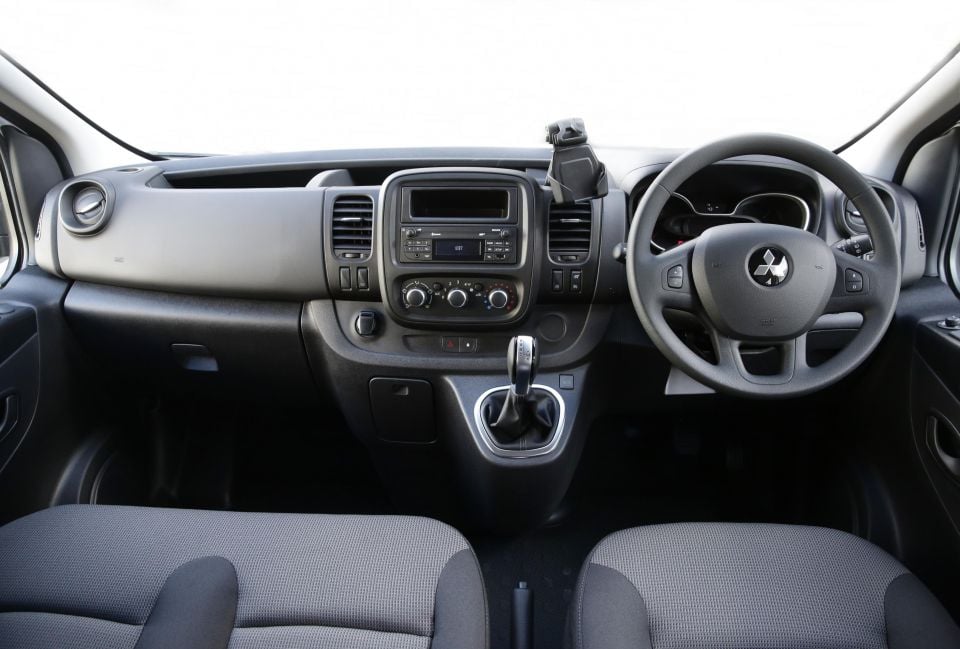
You also get automatic headlights and an auto-dimming interior mirror, a three-seat front bench, a full-sized spare wheel, and rain-sensing wipers.
The Express rides on 16-inch steel wheels, and packs sliding doors on both sides and barn doors at the rear.
Safety was never a strong suit of the old Mitsubishi Express, which had a one-star ANCAP rating when it went off sale in 2013.
Although the new model promises to be far safer, it still misses out on some key equipment. There’s no autonomous emergency braking, forward-collision warning, blind-spot monitoring, or rear cross-traffic alert.
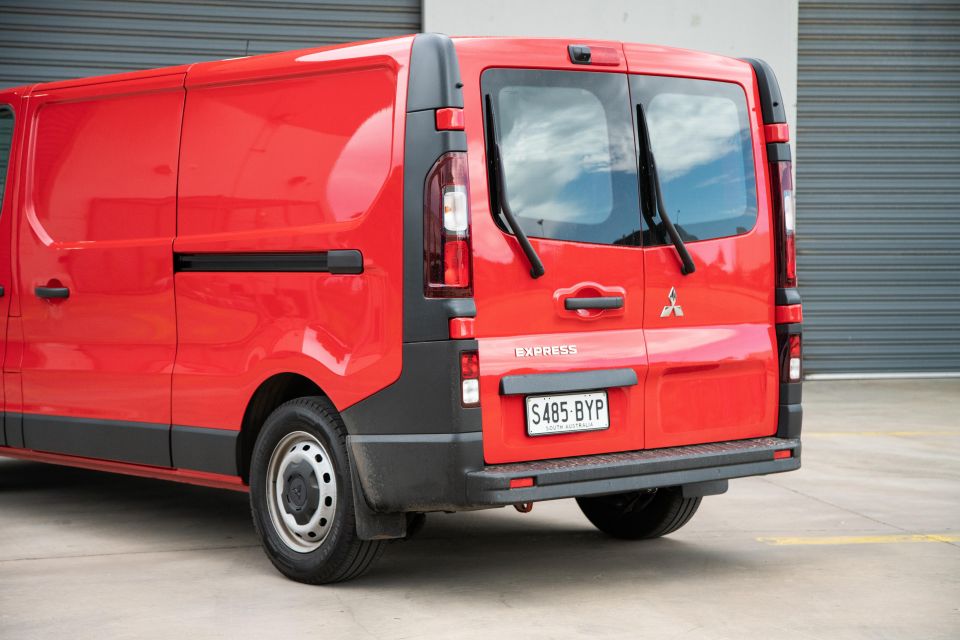
The Express also only features a reversing camera, mounted in the rear-view mirror, in 2.0-litre automatic models.
There are standard front and curtain airbags, however, plus a driver’s thorax airbag and the expected electronic brake force distribution, anti-lock brakes, and electronic stability control.
The related Trafic only scored three stars in Euro NCAP testing carried out in 2015.
Basic, but comfortable. The Express doesn’t do much to hide its Renault origins, save for the Mitsubishi badge on the middle of the steering wheel.
The driver sits in a comfortable, high-set seat trimmed in hardy cloth, although the urethane steering wheel isn’t exactly a tactile delight. All the buttons, from the dash-mounted cruise control switch to the audio control pod behind the steering wheel, are pure Renault. That means they have their quirks, but are generally easy to use once you’re familiar.
The broad, simple dashboard is home to an audio head unit (no, not an infotainment screen) that will be familiar to anyone who’s driven a Renault Clio or Megane from around 2010.
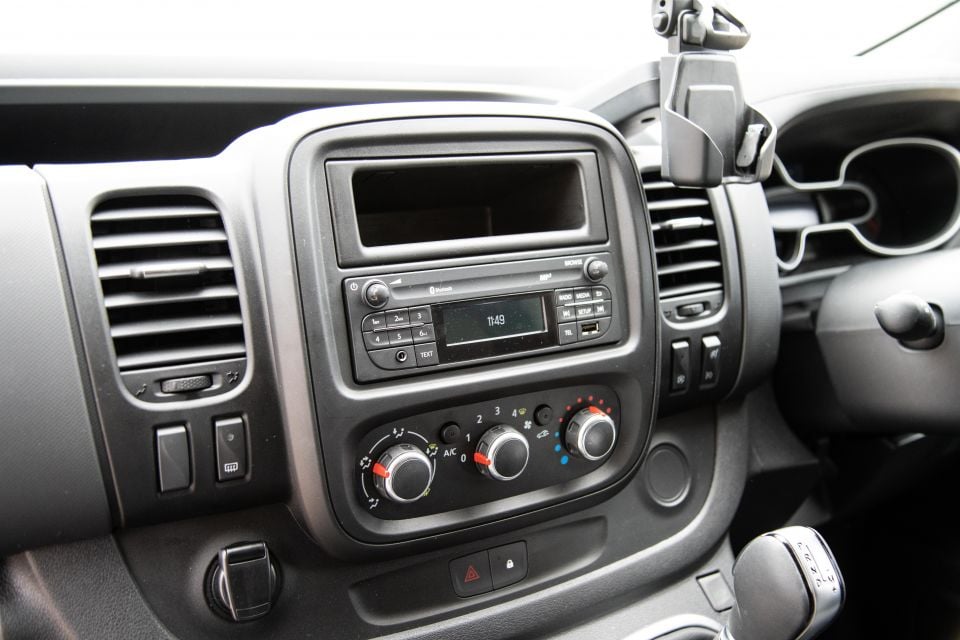
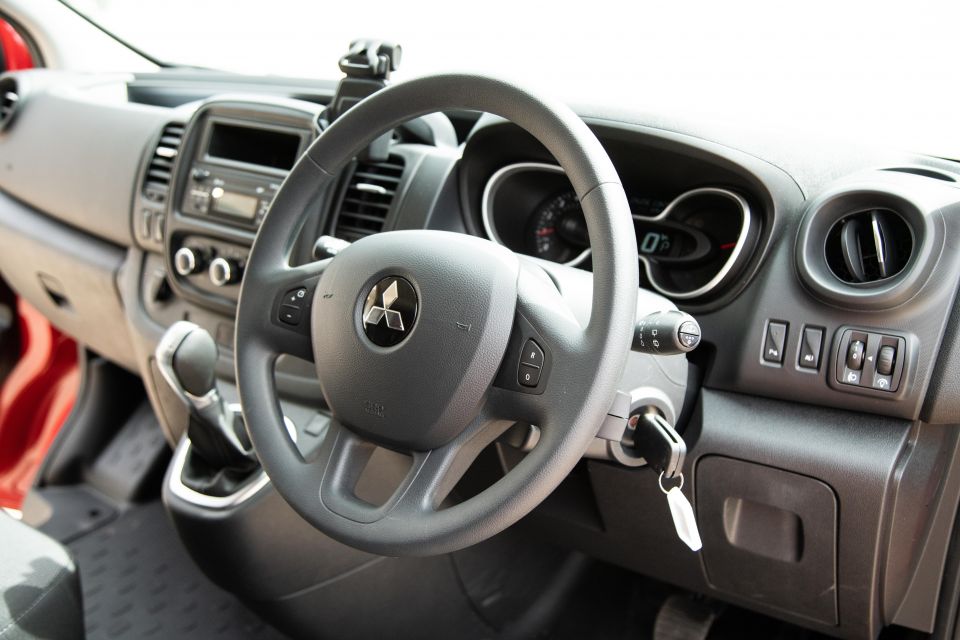
It’s refreshingly simple in a world dominated by touchscreens, but the volume and tuning dials are way too small, the six radio preset buttons are hard to reach, and the way it interacts with the control pod behind the steering wheel takes some getting used to.
Radio reception was a bit patchy in our Express, but the Bluetooth streaming was quick to connect and didn’t drop out once. To make up for the fact there’s no screen, Mitsubishi has fitted a phone cradle. It’s a good idea, but the cradle doesn’t come close to holding my iPhone XS Max without a case.
There’s also the fact you’ll need to activate Do Not Disturb every time you get behind the wheel, otherwise the screen will flash in your periphery with every email, text, and Facebook notification. Ditch the cradle, hide the phone in the glovebox, and use Bluetooth.
Speaking of which, with an open load bay and lots of hard surfaces in the cabin it’s not the perfect place to host a teleconference, but no-one at the other end of the phone struggled to make out what we were saying.
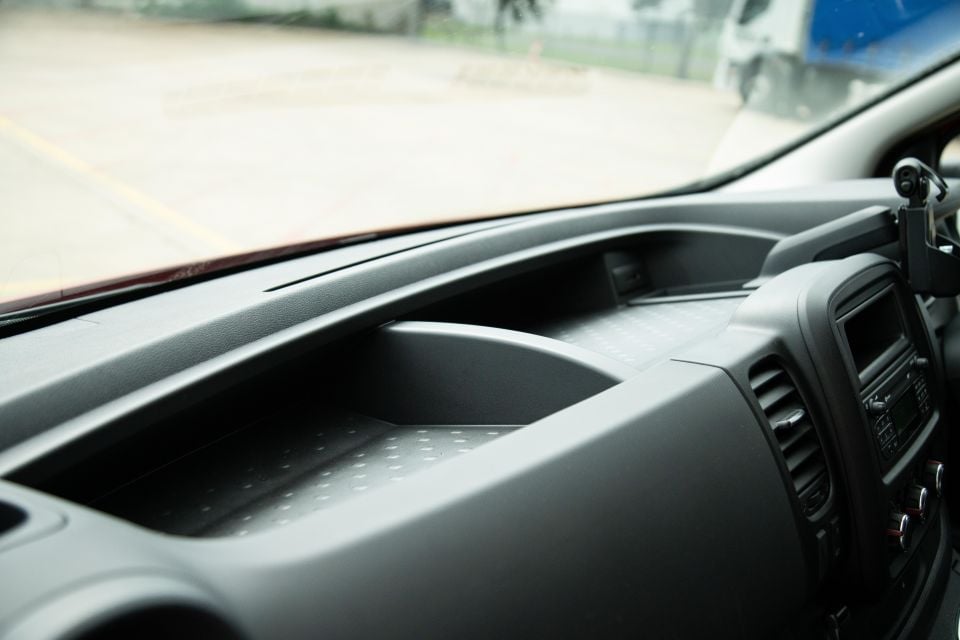
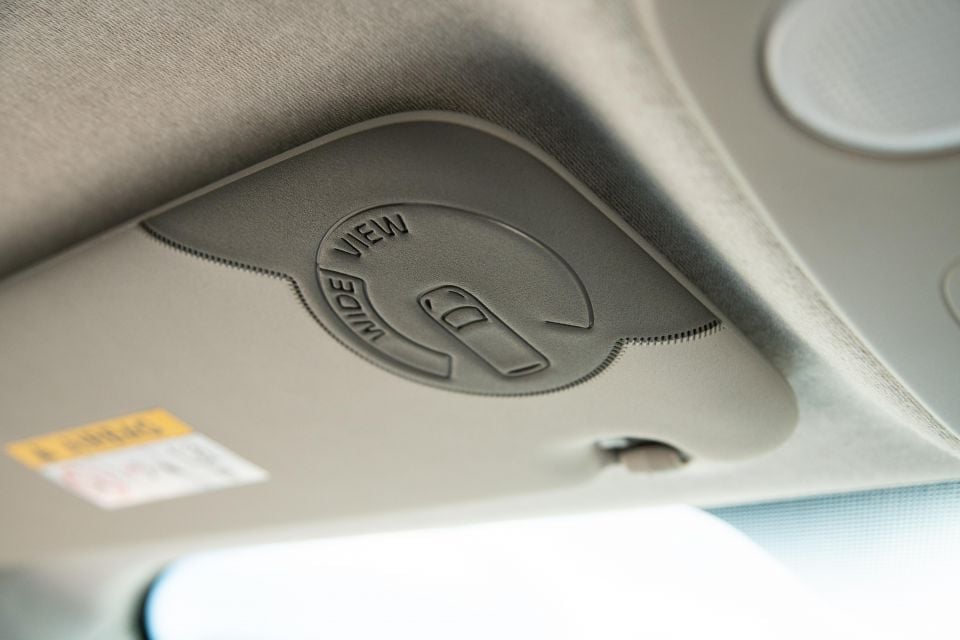
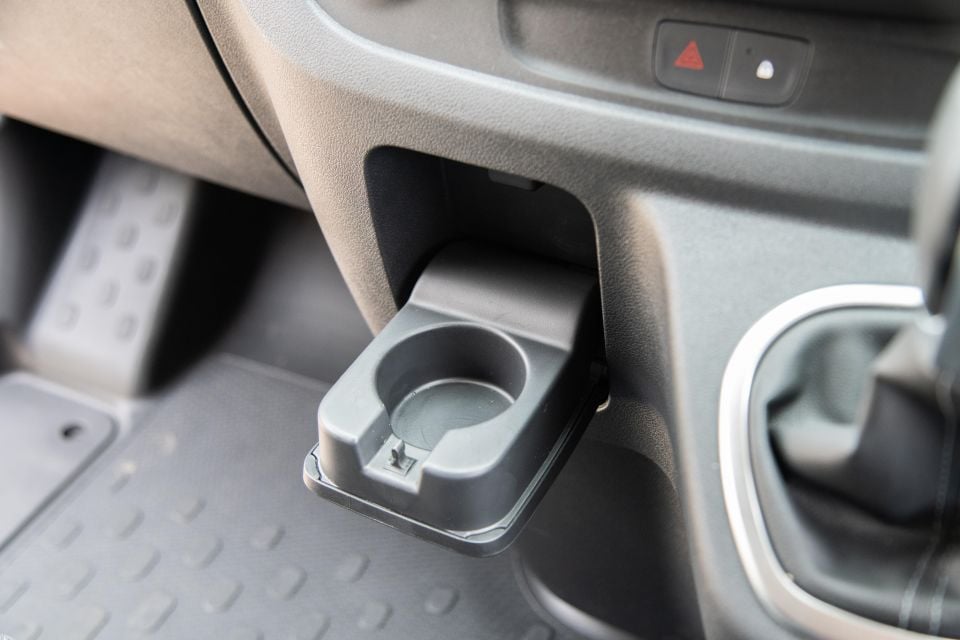
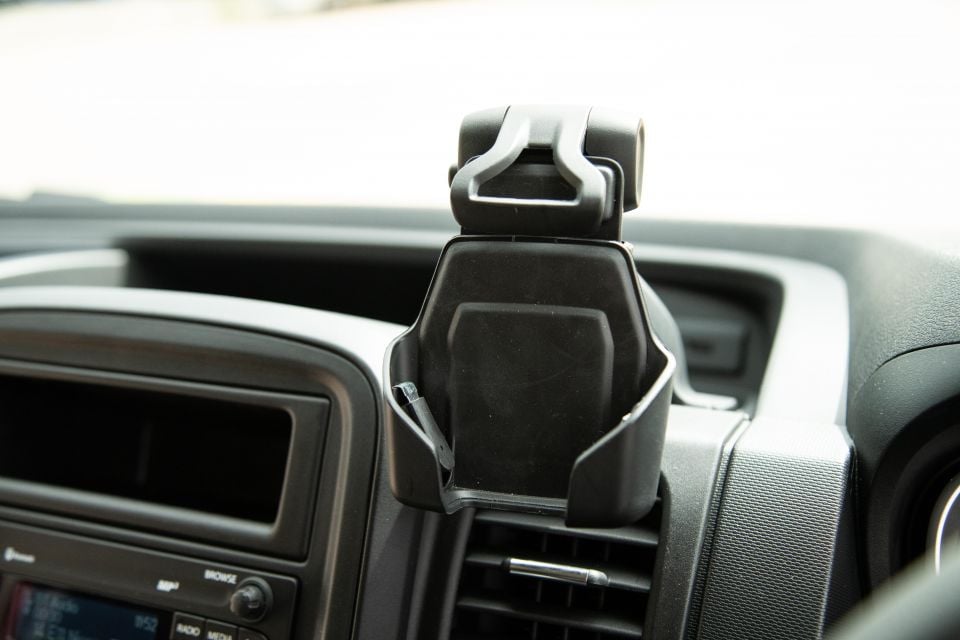
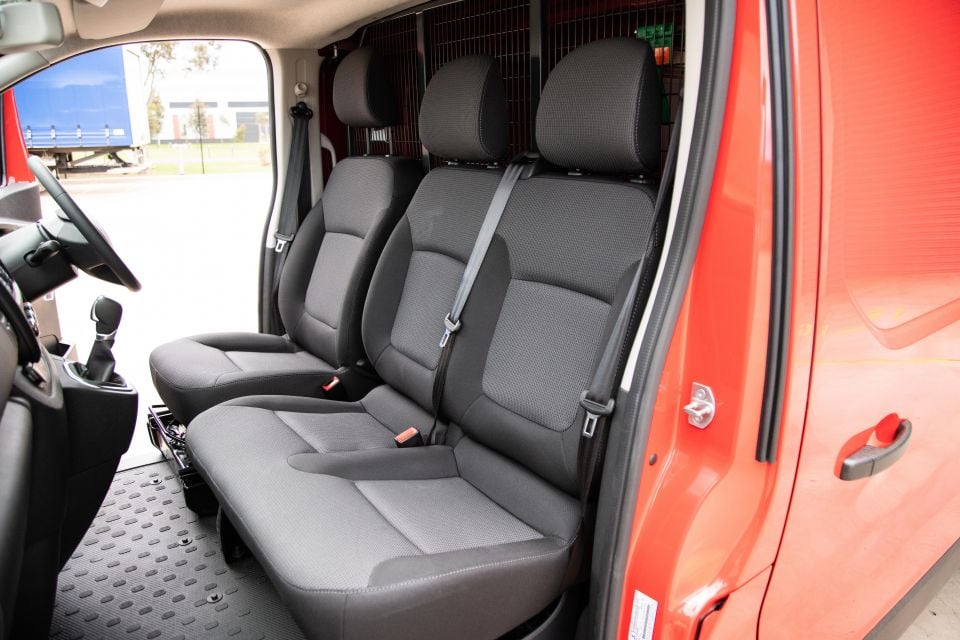
The driver is faced with a simple instrument binnacle, also borrowed from the previous-generation Renault Clio. The digital speedo is big and easy to read, and the rev counter/fuel gauge do their jobs.
Given the Toyota HiAce has a proper colour trip computer as standard, the array of information available on the monochrome screen at the top of the cluster feels a bit skimpy. It’s functional though, and you’re in no danger of missing out on critical information.
The driving position is good for drivers of most shapes, although more legroom would be nice if you’re lanky like me. Long stints behind the wheel shouldn’t be a struggle, which is critical given the life led by the average van driver.
Our tester was fitted with a cage-style divider separating the driver from their load, and the load bay itself was finished with a rubber floor mat.

Usable load space is six cubic metres, and the load bay measures up at 2937mm long, 1662mm wide, and 1382mm tall, with 1268mm between the wheel arches.
There are 14 anchor points on the floor, and anyone who needs to reverse up to a loading dock or forklift will appreciate the barn doors – which are preferable to a traditional tailgate.
Power in our LWB automatic came from a 2.0-litre four-cylinder turbo-diesel making 125kW of power and 380Nm of torque, hooked up to a six-speed dual-clutch transmission.
It’s the most powerful engine in the Express line-up, reserved for automatic variants. Manual-equipped models get a 1.6-litre turbo-diesel with 103kW of power and 340Nm of torque.
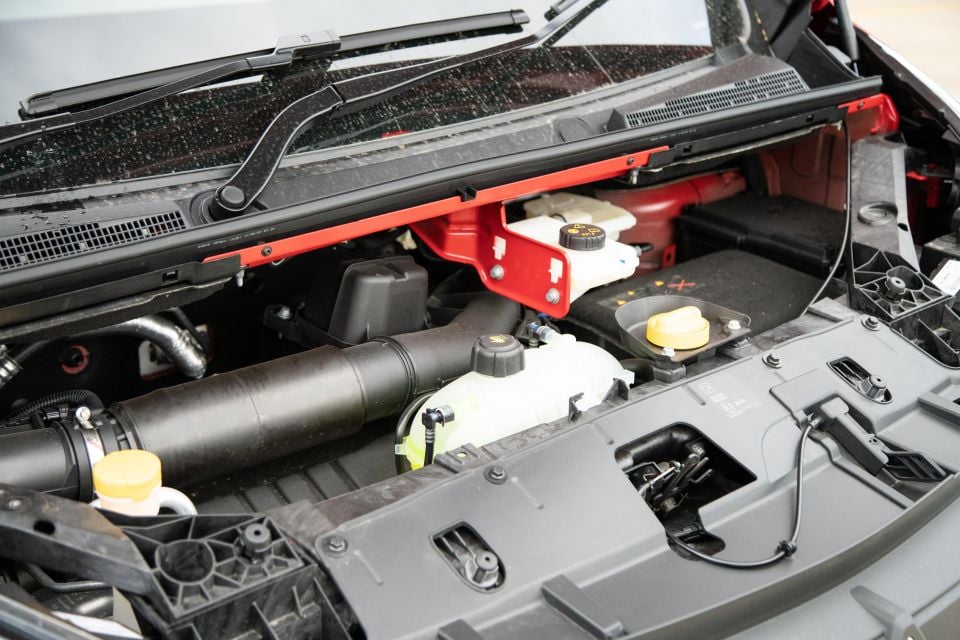
Claimed fuel consumption is 7.3L/100km, we saw 7.6L/100km with a skew to highway driving, and with very little traffic on the roads. Expect to see that figure blow out slightly with a load in the back, or in more normal traffic conditions.
For all its on-paper deficiencies, it’s hard to knock the way the Express drives.
The engine is far more refined than it needs to be. It’s quiet and smooth at idle, and doesn’t really make its presence felt in the cabin unless you channel Sabine Schmitz and start driving like a hooligan.
Although it doesn’t match the HiAce for torque – it’s down 70Nm, to be precise – the Express doesn’t want for punch. It picks up eagerly off the line and in-gear response is impressive, with very little lag to speak of.

You just lean on the throttle and it scoots along, riding the wave of torque that comes on tap at just 1500rpm. It feels stronger in the mid-range and more immediate than the HiAce we reviewed earlier this year, especially on light throttle inputs.
Arguably just as impressive is the six-speed dual-clutch transmission. A DCT in a heavy vehicle sounds like a recipe for disaster, but the transmission in the Express is hard to fault. There’s almost no hesitation off the line, and shifts between first and second gear are dealt with smoothly, even on a light or inconsistent throttle.
Even low-speed creeping on hills, where smooth take-up is essential, are handled with aplomb.
It can occasionally be a bit slow to hook up after start/stop engages, however. Shifts are snappy on the fly, both up and down, making the option to manually shift with the lever slightly redundant.
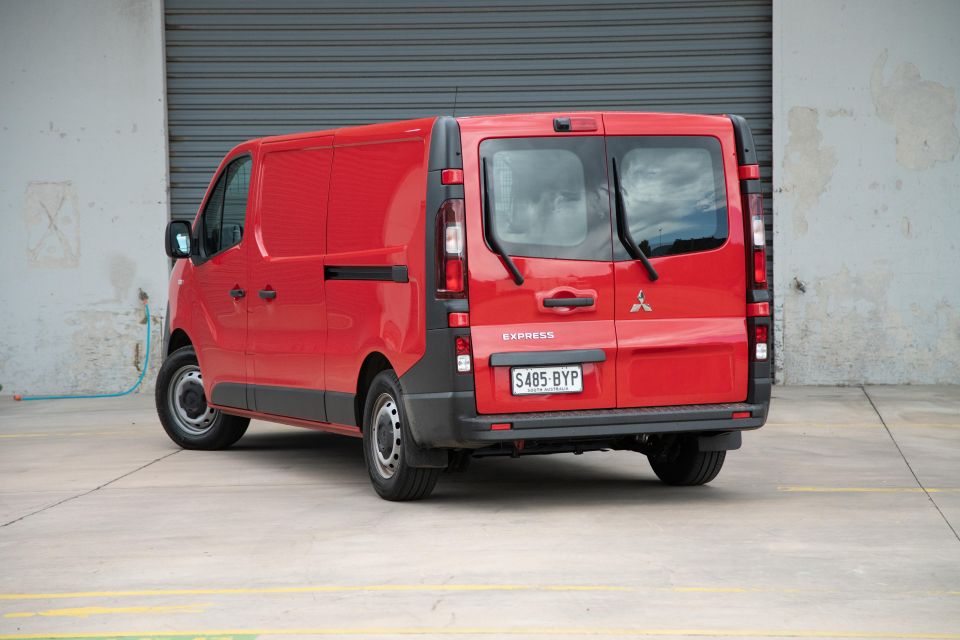
Road noise is well suppressed, and the Express feels planted and stable at speed. It doesn’t wander around in a crosswind at highway speeds, and rides well unladen over speed bumps and potholes when the speeds are lower.
It’s not all sunshine and roses, though. With decent forward visibility, big mirrors, and light (enough) steering, the Express has the potential to be a city-friendly delivery van, but the tiny reversing camera squeezed into the rear-view mirror isn’t exactly ideal given the Trafic and HiAce have proper screens.
The lack of blind-spot monitoring is keenly felt in such a large car with such pronounced blind spots, and compromised rear visibility because of the jump seat in the middle.
Yes, van drivers have survived for a long time without blind-spot monitoring, and yes, the mirrors still work. But surely a safer van is a better van. It’s the same story for autonomous emergency braking, which isn’t available anywhere in the Express range.
Van drivers spend more time on the road than almost anyone else, so we should be doing anything and everything we can to make their vehicles safer. The Toyota HiAce and Ford Transit have moved the game forward when it comes to commercial vehicle safety, and rivals need to catch up.
The Express comes with a five-year warranty capped at 100,000km. Keep that mileage limit in mind. Also worth keeping in mind, is the fact that Mitsubishi wants to introduce a 10-year warranty (with some caveats) on October 1.
Maintenance is required every 12 months or 15,000km – compared to 30,000km for the Renault Trafic – and service prices capped at $250 per visit.
Toyota charges $245 per service for the HiAce, but you’ll need to visit the dealership every six months or 10,000km.
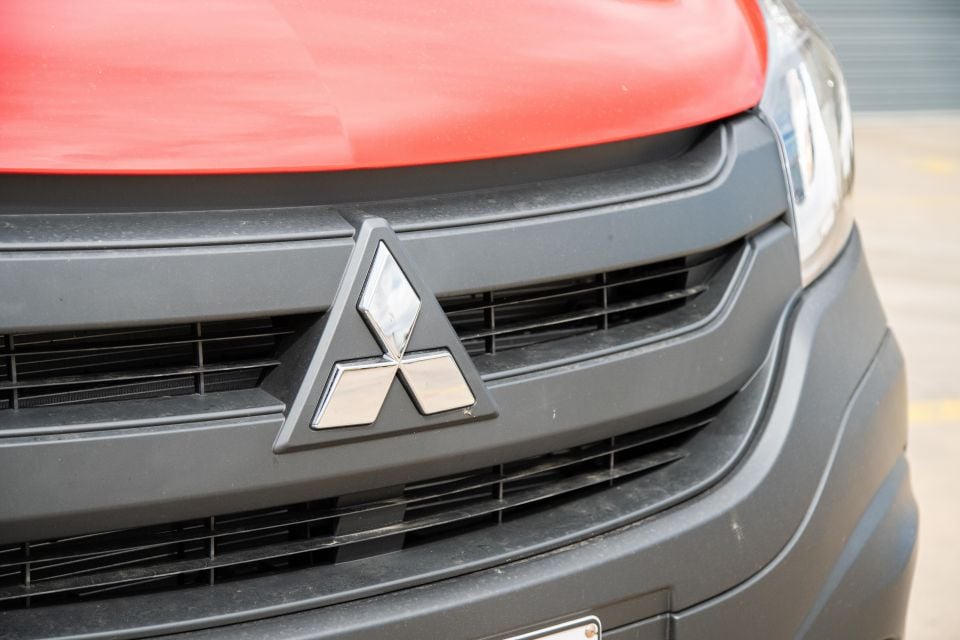
There are two reasons to buy the Mitsubishi Express. The first is if Mitsubishi does you a roaring fleet deal.
The Express is properly refined on the road, and its basic-ness would be easier to swallow with a lower sticker price.
At list price, though, it’s hard to rationalise given a better-specced Renault Trafic costs the same, and the Toyota HiAce packs a full range of active safety features.
The other is the fact Mitsubishi has a far bigger dealer network than Renault. If you’re roaming far and wide, that’s worth its weight in gold.
Otherwise, the way Mitsubishi’s new van is specced and priced just doesn’t stack up.
Where expert car reviews meet expert car buying – CarExpert gives you trusted advice, personalised service and real savings on your next new car.
Scott Collie is an automotive journalist based in Melbourne, Australia. Scott studied journalism at RMIT University and, after a lifelong obsession with everything automotive, started covering the car industry shortly afterwards. He has a passion for travel, and is an avid Melbourne Demons supporter.


Damion Smy
5 Hours Ago
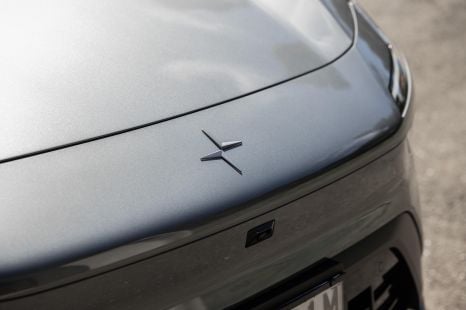

Damion Smy
6 Hours Ago


Damion Smy
8 Hours Ago
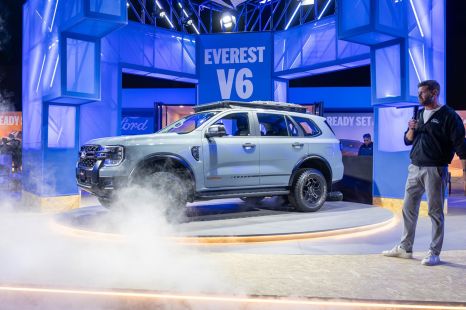

Damion Smy
10 Hours Ago


CarExpert.com.au
11 Hours Ago


Ben Zachariah
13 Hours Ago